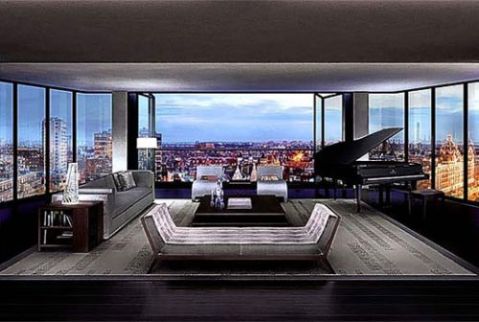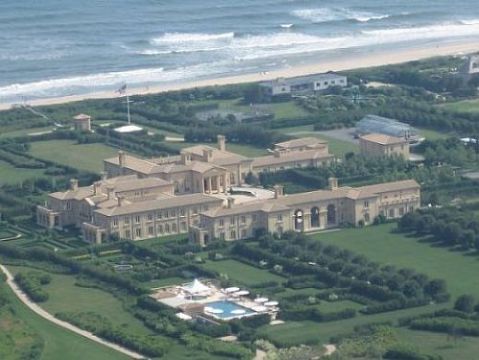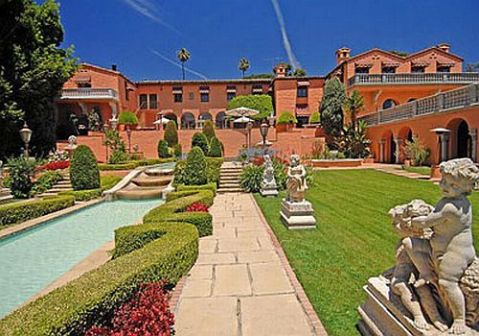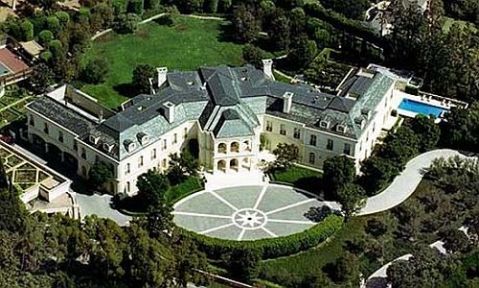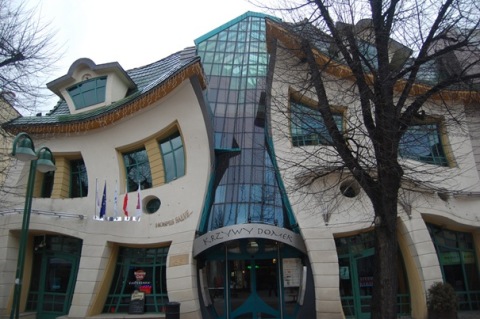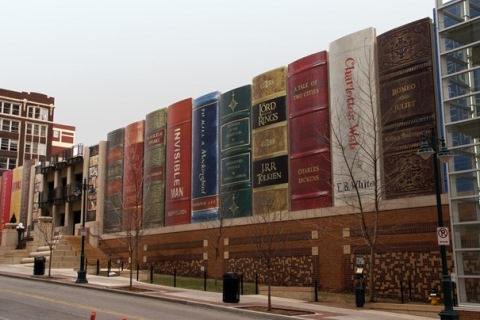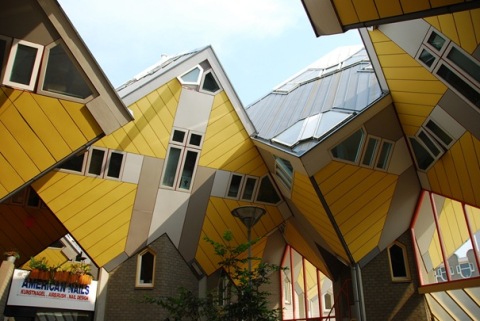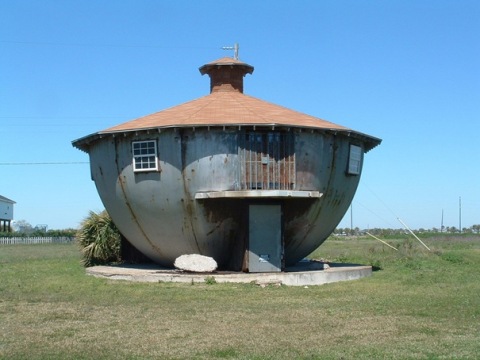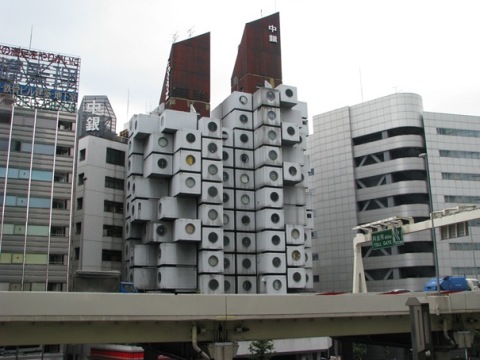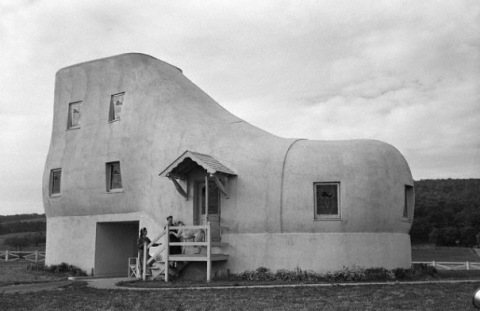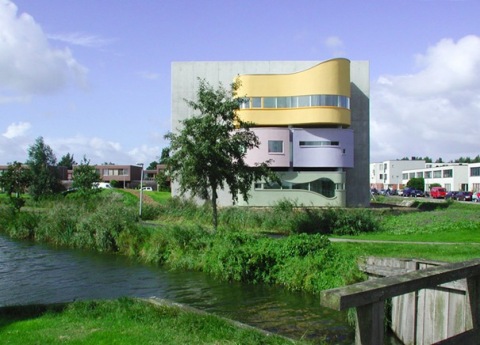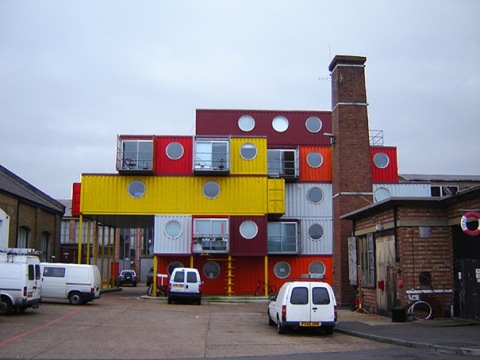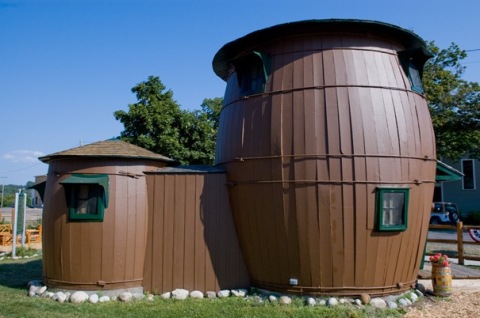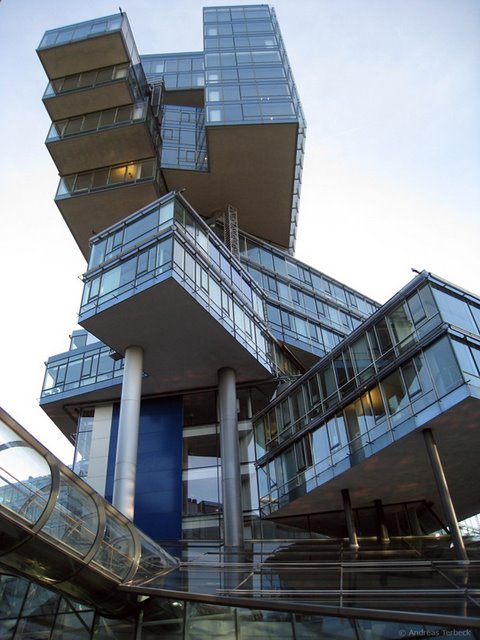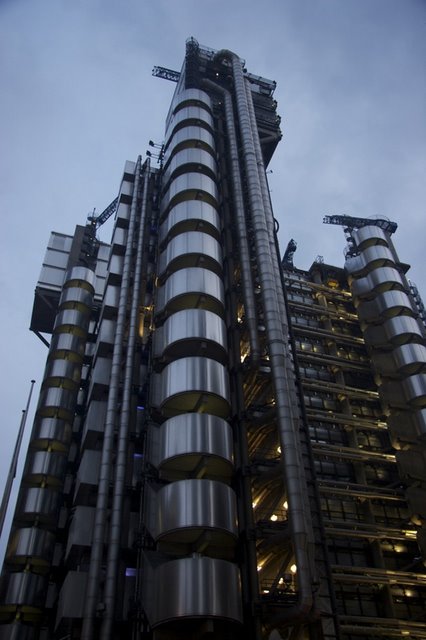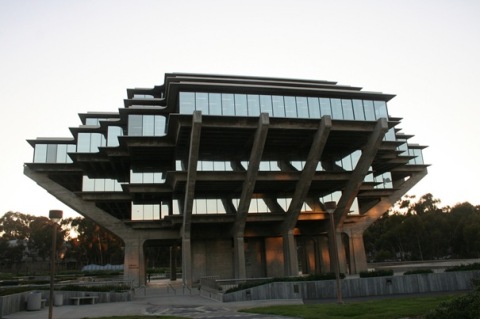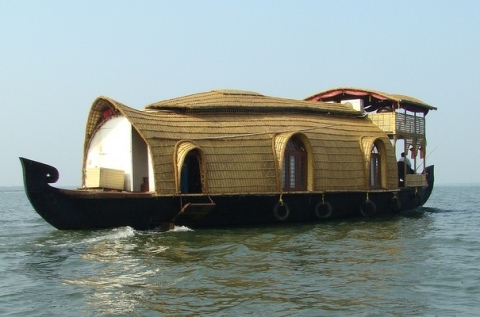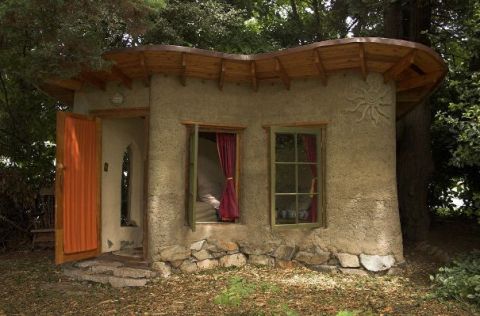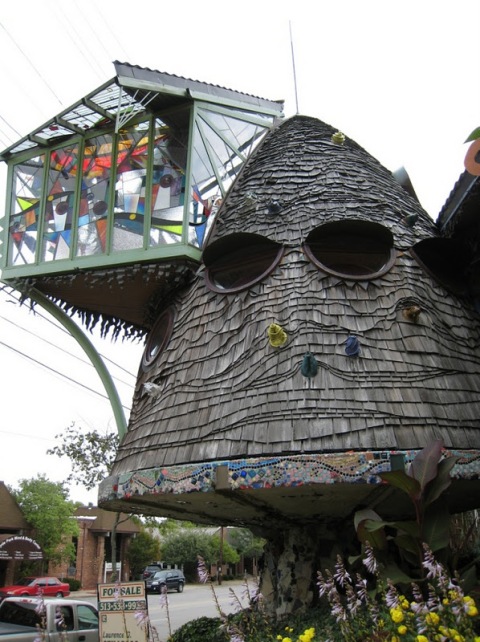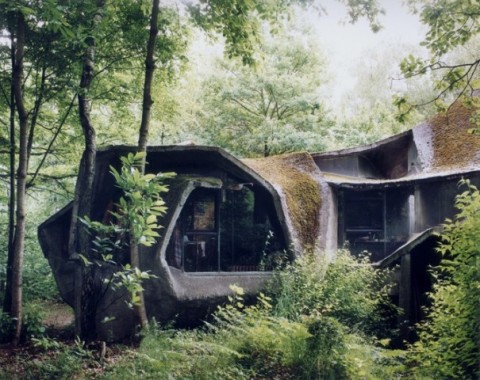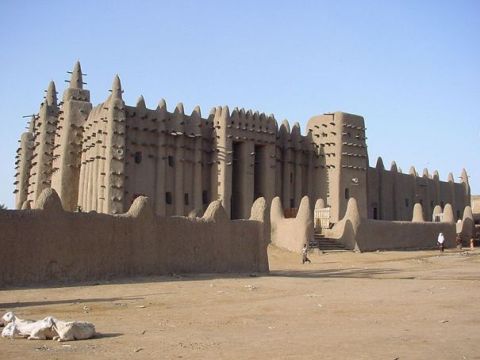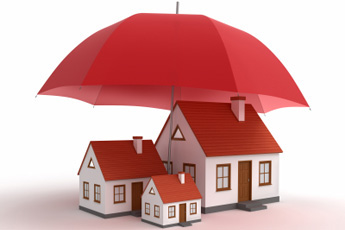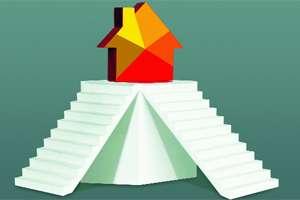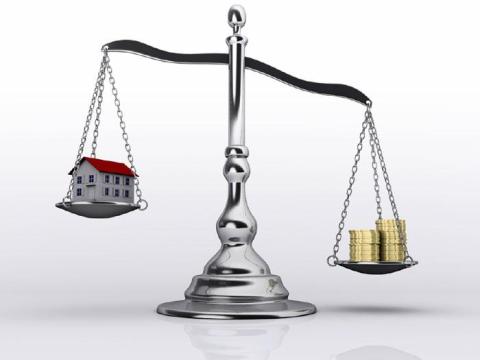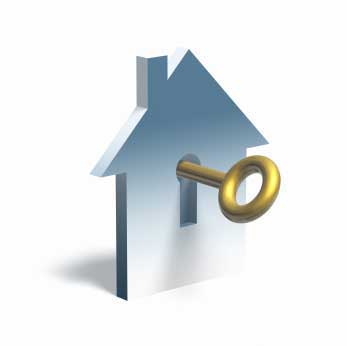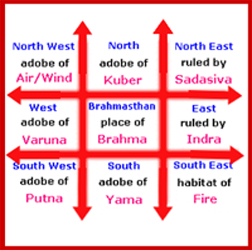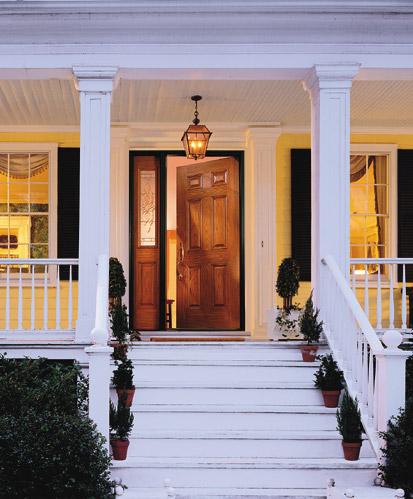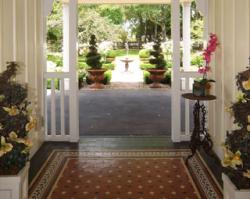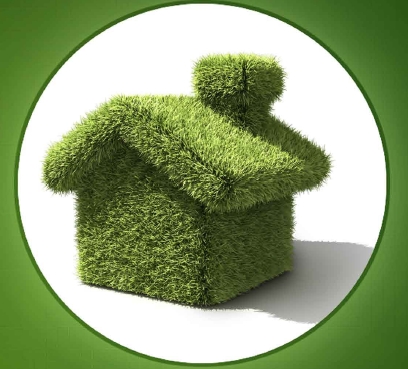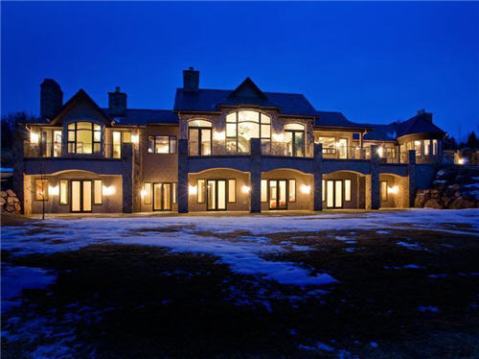 House maybe one of the most expensive things people buy during their lifetime. Building expensive, big and beautiful house is everyone’s dream. The richest persons in the world do the same thing. They buy the most expensive house in the world or build it. House is not just for a place to live. But more than that it’s an investment. Most expensive house can be resold for more prices when the owner needs some money. So let’s take a look at these most expensive houses in the world that simply can make you get lost inside because of their size.
House maybe one of the most expensive things people buy during their lifetime. Building expensive, big and beautiful house is everyone’s dream. The richest persons in the world do the same thing. They buy the most expensive house in the world or build it. House is not just for a place to live. But more than that it’s an investment. Most expensive house can be resold for more prices when the owner needs some money. So let’s take a look at these most expensive houses in the world that simply can make you get lost inside because of their size.
1. Antilla, Mumbai, India: $1 billion
This modern gigantic structure is called as Antilla. It’s new house of Mukesh Ambani or Reliance Industries. It’s a 27 floors building with 40,000 square feet in total land space. The building is 570 feet tall with a total of 400,000 square feet of interior space. The building has a dedicated 6 stories for car parking alone to park 168 cars collection of Ambani. Inside the house you will find nine elevators with lot of lounge and personal gym in each floor. This house is served by 600 servants. You can imagine how luxurious this house. This house will be the world’s most expensive house for a while as It’s far more expensive than the second and still there’s no news there’s a person build more expensive house than Antilla.
2. Villa Leopolda, Cote D’Azur, France: $506 million
This luxury famous villa has a total area of 29,000 square feet. It’s located in French Riviera. It’s famous for the open manicured garden and the beautiful swimming pool. The villa has 11 bedrooms and 14 bathrooms. This villa has great scenery of beachfront in the south of France. It’s built by King Leopold from Belgia and later purchased by Edmund Safra. After the death of Edmund Safra, the house becomes the house of his wife, Lily Safra. This villa rumored several time to be sold to Bill Gates, Gianni Agnelli as well as undisclosed Russian tycoon.
3. The Penthouse, London, UK: $200 million
This Hyde Park located apartment is the most expensive flat and apartment in the world with a price of £6,000 per sq/ft. The first main feature of this apartment is Security. You can find panic rooms, bulletproof window, Iris scanner, a tunnel to nearby of Mandarin hotel and of course it’s served 24 hours. The facilities you can find here are communal spas, squash courts and you can also find a wine tasting room here.
4. Fairfield Pond, The Hamptons, US : $170 million
This marvelous house is the house of Ira Rennert. It’s built in 63 acres area and has become the largest residential in the US. The house has 29 bedrooms, 39 bathrooms, large dining room of 91 feet long. You can find a bowling alley for your entertainment as well. You can find a $150,000 hot tub in this house as well. This beachfront home is completely for private house usage only. You can imagine this building is not a hotel, spa, resort or retreat place.
5. Hearst Mansion, Beverly Hills, US: $165 million
The house was built by the US newspaper tycoon, William Randolph Hearst, and became his prestigious home. This house was purchased by Leonard Ross, a lawyer and investor in 1976. This house has 6 separate residences, 3 swimming pools, 8 fireplaces, tennis court, night club and 29 bedrooms. This facility is built in 6 hectares of area in the platinum triangle neighborhood in Beverly Hills. You can be the neighbor of Jeff Bezos of Amazon, Tom Cruise and Katie Holmes and David and Victoria Beckham if you live in this house.
6. Franchuk Villa, Kensington, UK: $161 million
This expensive house is located in Belgravia, Central London. It’s six floors property with 20 foot ceilings, lavish equipment and more than 21,000 square ft of rooms to live. This house currently owned by developer from Lebanon, Musa Salem, and It’s now on sale and become the most expensive house on the market now. The house was bought by Mr. Salem from the Grosvenor Estate. The home has a Victorian style with many luxury amenities such as swimming pool in the basement, gym, private home theater, and large garage space and news room.
7. The Pinnacle, Montana, US: $155 million
This ski Lodge is the largest property in the exclusive private ski and golf community “Yellowstone Club”. You can get conclusions that this becomes the owner’s home. Yes, it’s true. It’s the home of Tim and Edra Blixseth. It’s not that big compared to other house in this list with only 10 bedrooms. What’s the facility can be found here? You can find the heated flooring system that stretched throughout the house, fireplace in all bathrooms, a huge wine cellar, indoor and outdoor pool as well as gym and massage room.
8. The Manor, Los Angeles, US: $150 million
This house was built in 1991 with French Chateau style. This house has 5248 square meters of room area with more than 4.6 hectares total house area. It’s also the biggest house with the private ownership in the Los Angeles County. The main house is located at the end of long road and well protected with security system. You can find bowling alley, humidity controlled silver warehouse, tennis courts, 2 swimming pools, and luxurious woman beauty care such as beauty salon in the attic and a spa. You can find several gardens as well like 18th century style gardens, roof gardens and orange gardens. This house has a parking lot that large enough to park up to 100 cars. You can also find private cinemas on this luxury house.
9. Updown Court, Windlesham, Surrey, UK: $139 million
This amazing house built on 58 acre land in the Windlesham neighborhood. This huge structure offers 103 rooms with all facility you can imagine as a rich person. There’s a private cinemas in the north part of the house as well as bowling alley for recreation of the owner. You can find horse barn, squash and tennis courts in case you want to get some refreshing with sport. You can find a marble drive away as well that wait you every morning with a parking lot that large enough to park up to 8 limousines.
10. Dracula’s Castle, Romania: $ 135 million
Dracula’s Castle seems like a bad name but it’s actually a Romanian castle. The castle became a museum during 1980s. The owner of the castle, Archduke Dominic put up the castle for sale. He request for 80 million dollars. No one wants to take the deal for that amount. Again, he want to sale 2 years ago for undisclosed price. But there’s no news that it have sold till now. This amazing house, though named as a castle has 57 rooms, 17 bedrooms and unique and beautiful antique furniture.
Source of the article : Top 10 Most Expensive Houses in the World


